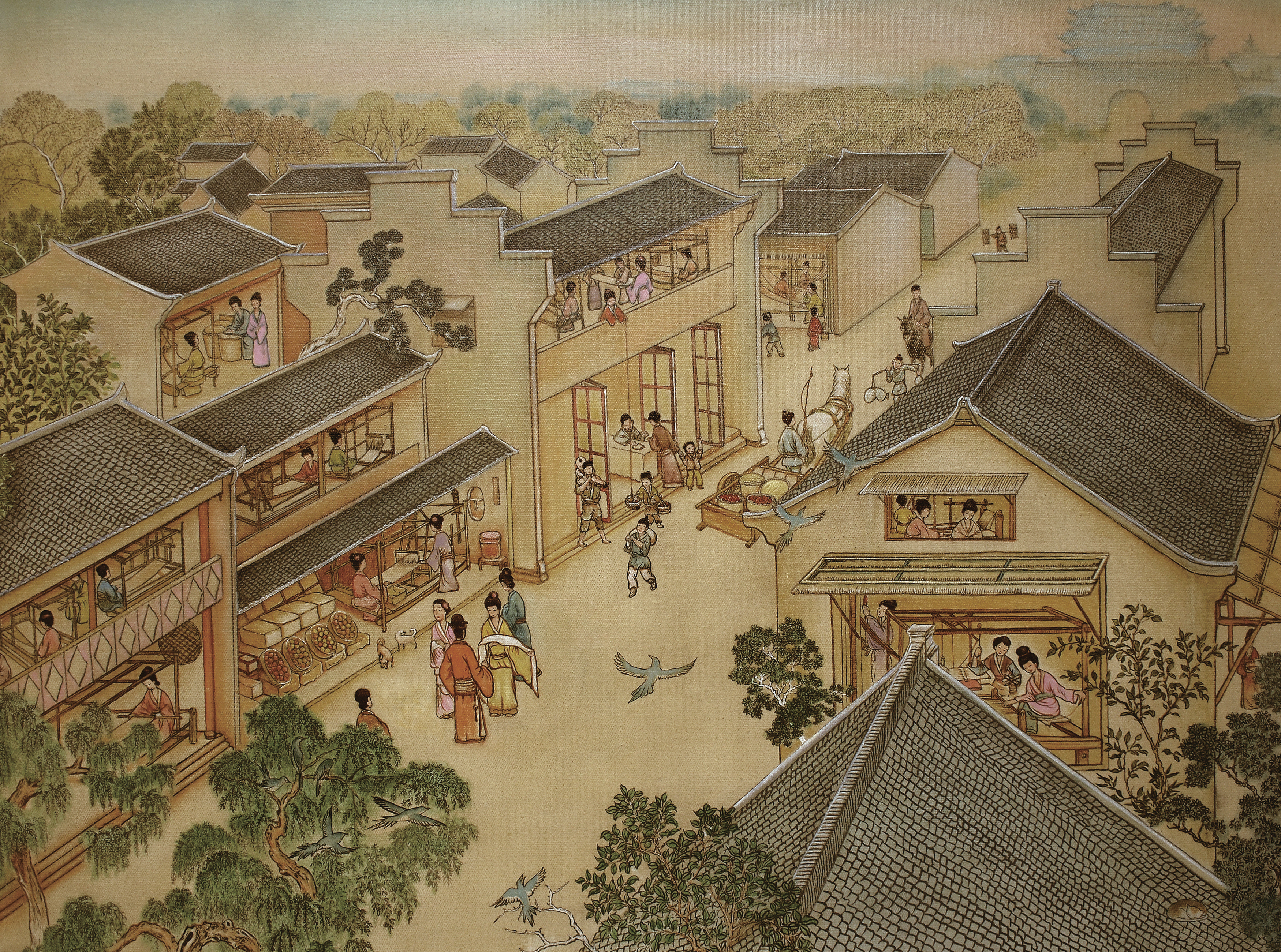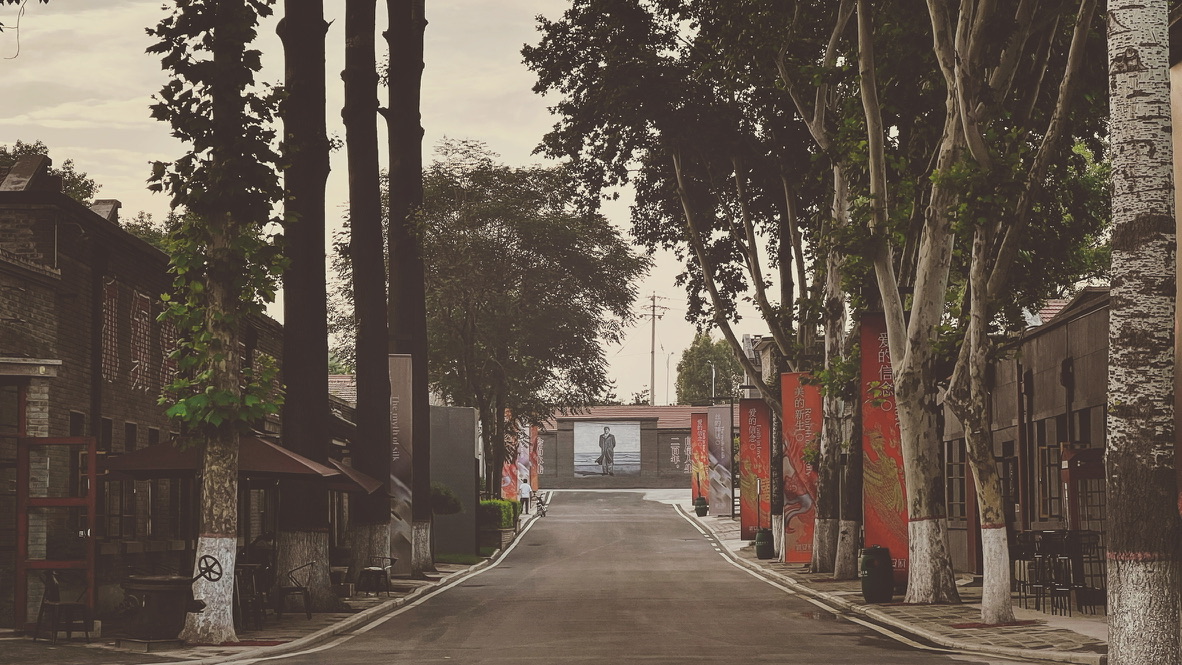
In the early Ming Dynasty, after Zhu Mo, the 21st son of Emperor Taizu Zhu Yuanzhang, was stationed in Lu 'an Prefecture, he established a weaving and dyeing bureau in Shanxi Province, which was in charge of manufacturing Lu silk for the royal family. This led to the formation of a large weaving scale of Lu silk in Luzhou, making it a major tribute product and a major source of tax revenue for Shanxi Province at that time. It was extremely prosperous and, as a tribute to the royal family, represented the relatively high level of textile technology in Shanxi and even the whole country during the Ming and Qing Dynasties. During the Wanli period of the Ming Dynasty, Lu silk reached its peak, and "both scholars and commoners could wear it". At this time, Lu silk, as an accessory for ordinary people, was fully integrated into the folk. As a kind of clothing accessory, it carried profound and complex cultural connotations such as aesthetics and customs, and was integrated into the splendid Chinese silk culture. According to the "Lu 'an Prefecture Annals" of the Qianlong period, there were 13,000 looms in Changzhi, and thousands of loom makers were on board. "Lu silk" was renowned worldwide and was on par with "Hangzhou brocade" and "Shu Brocade". The Qing Dynasty was also a period of considerable development for Lu silk. According to historical records, Changzhi produced 3,000 bolts of silk every year.

After the founding of the People's Republic of China, the silk industry in Shanxi Province has witnessed a rapid recovery and development. Since the mid-1950s, governments at all levels have been vigorously restoring and developing the sericulture and silk industry. To support the silk industry, the government established the Nanwangzhuang Silk Cooperative. In the early 1960s, the "Gaoping Silk Weaving, Printing and Dyeing Factory" (now Shanxi Jili 'er Lu Silk Group) was built on the basis of the cooperative and became a key project of the second Five-Year Plan of the country.
Since the reform and opening up, the silk industry in Shanxi Province has reached its peak. A total of 17 silk enterprises have been established throughout the province, among which Gaoping Silk Weaving and Dyeing Factory is the largest in scale, equipped with 284 silk weaving machines, and has the widest influence. Its products are sold well in major and medium-sized cities across the country and are also exported to the United States, Japan and other places, earning it the title of "a flower on the Taihang Mountains".
Since the 1990s, with the transformation from a planned economy to a market economy, the silk industry in Shanxi has faced new challenges and once again entered a trough. Seventeen silk enterprises have successively declined and gone bankrupt. While many of its peers in the same industry were closing down, going out of business or partially halting production, Gaoping Silk Weaving, Printing and Dyeing Factory was restructured and established as Jilier Silk Co., LTD. (the predecessor of Lu 'an Prefecture Lu Silk Group), shouldering the responsibility of "inheriting Lu Silk culture and revitalizing the silk industry". After 56 years of efforts, it finally stood out again in North China.
No matter how the silk industry transforms and upgrades, its development can never be separated from the integration with culture from the very beginning. This is both technology and art!

© 2025 Lu'an Prefecture - Bride Lu silk quilt 晋ICP备19012898号
